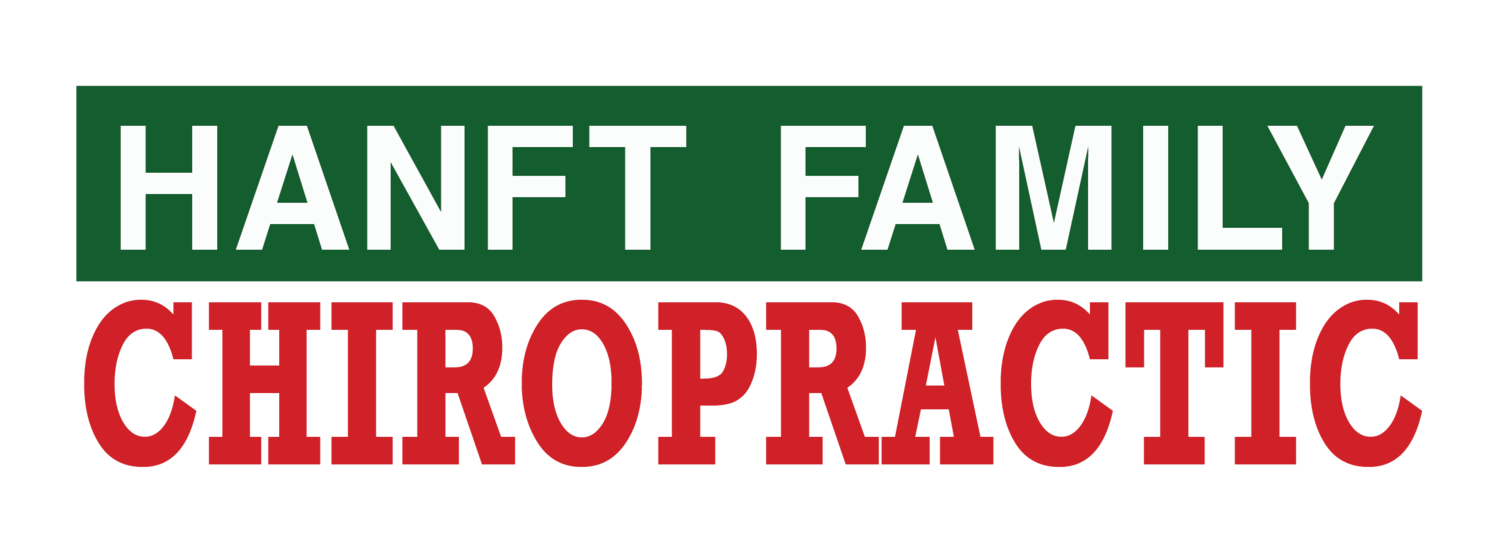Chiropractors, like most health care professionals, come in different varieties. Some chiropractors specialize in kids, while others only adjust adults. Certain chiropractors will adjust only the top two neck bones. Some chiropractors incorporate exercise and rehabilitation into their offices, while others rely only on chiropractic adjustments to help their patients. Other chiropractors, such as Dr. Hanft, adjust the entire spine and work on problem-focused issues and use evidence-based chiropractic treatments for those issues. Evidence-based approaches are only those supported by research and science.
Some chiropractors also utilize nutritional supplements and products in their office to try to improve the outcomes with their patients. Chiropractors are now starting to sell cannabidiol (CBD) to further help their patients get better.
What does it take to become a chiropractor?
With all this in mind, you might be asking yourself: What does it take to become a chiropractor? The following are current requirements at most chiropractic colleges or programs:
The program itself is generally 4,000+ hours of classroom, practicum, and clinical work. To put that in perspective, medical school is generally about the same.
Classroom work includes courses in microbiology, biochemistry, anatomy, physiology, biomechanics, as well as more clinical work like diagnosis, physical examination, technique related courses, and practice management.
The clinical work done after all this is generally geared toward adjusting real patients in a clinic setting under the supervision of a staff doctor.
In addition, most states, including Missouri, require a chiropractor to have completed all four parts of National Boards as put forth by the National Board of Chiropractic Examiners. This includes three written exams and a practicum. The first three exams cover material from all the classes taken in chiropractic college, and are challenging and labor intensive. The practicum is a “real life” exam that involves mock patients imitating conditions/problems. During this portion of the boards, a student must diagnose or suggest treatment appropriate for their condition(s). Students also interpret imaging such as x-rays, MRI, and CAT scans during this exam.
As you can see, becoming a chiropractor is challenging and involves learning in a wide variety of course material and practical experience. This is all designed so that, upon graduation, chiropractors are ready to deliver exceptional chiropractic care to their patients on day one.
My educational journey began at the University of Wisconsin, where I received a Bachelor’s of Science degree in Zoology. I then went on to the Palmer College of Chiropractic in Davenport, Iowa, where I earned my doctorate degree. I reached my goal of owning a practice when I opened the doors to Hanft Family Chiropractic in Columbia, Missouri, in 2005, where I feel fortunate to practice chiropractic care each day.

